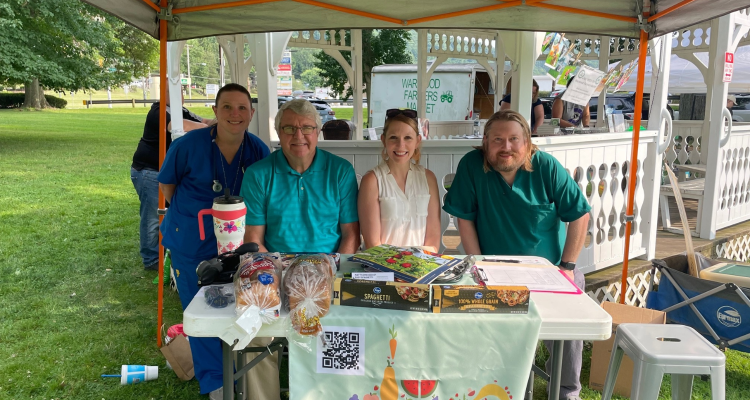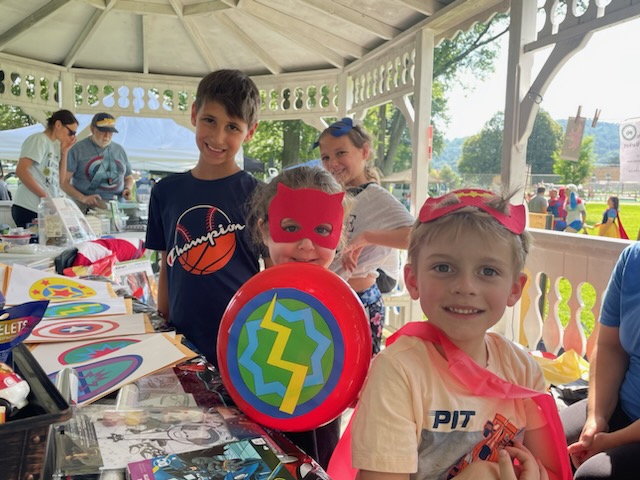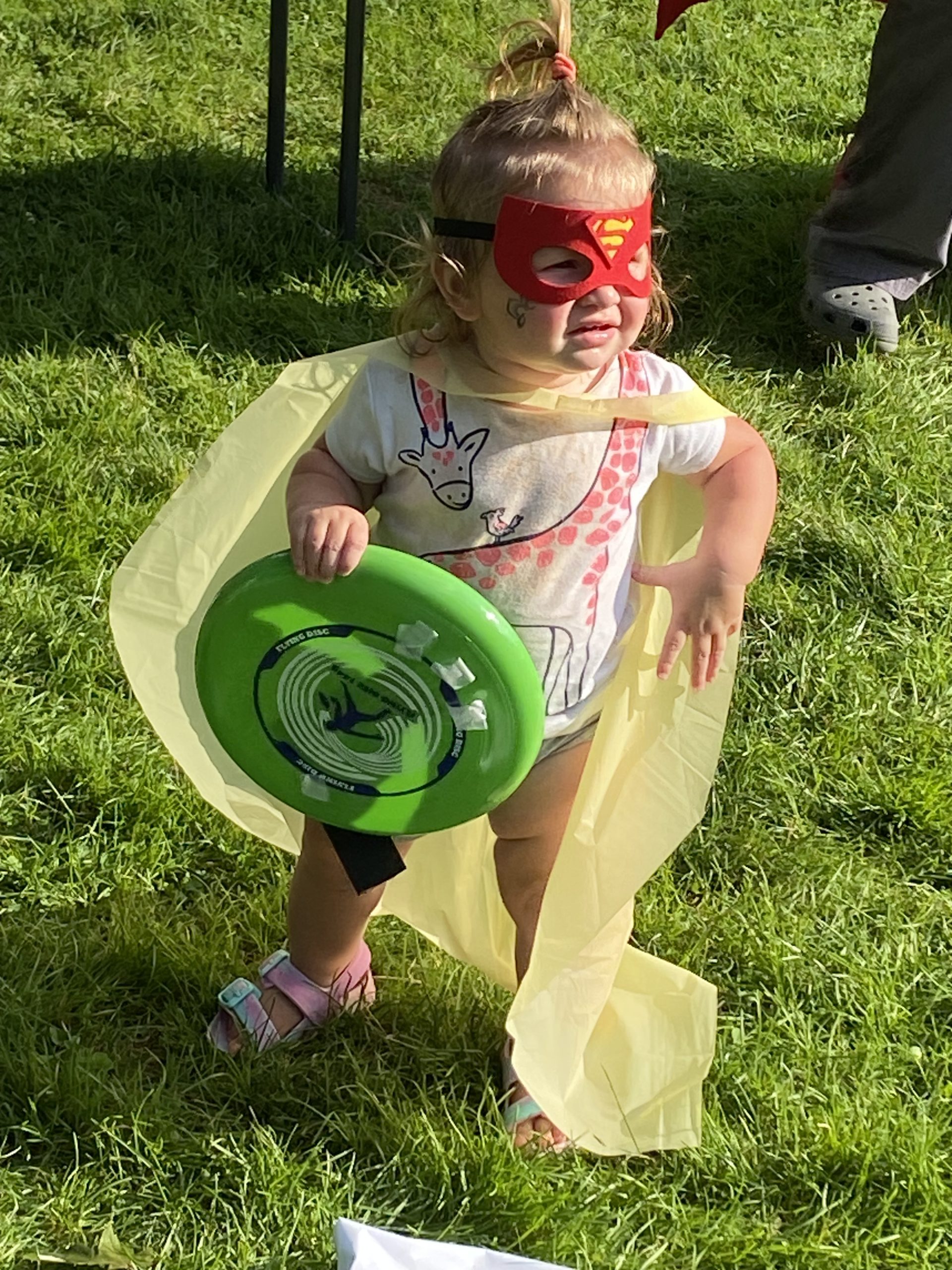Editors Note: It’s our goal here at Weelunk to foster community engagement and spark positive action in Wheeling and beyond. Today, we’re sharing an essay submitted by Matthew Rafa, the co-market chair of the Warwood Farmers Market. He shares his perspective on the value that farmers markets offer by improving health and building a stronger community that is accessible to everyone. With next week being National Farmers Market Week, we couldn’t think of a better time to share this story.
In 2019, NPR covered a story on the saturation of farmers markets and cited too few farmers and customers to support the increase. There is a shortage of farmers nationwide, but we are truly fortunate to have some amazing farmers in our area, while the demand from shoppers for local markets has exploded. There’s only too few current farmers market shoppers…not too few potential shoppers.
As diversity, equity, and inclusion (or DEI) efforts are increasingly becoming an important part of organizational culture across all industries, it seems to have also become important to the sustainability of farmers markets. The success of a farmers market to support the community by creating a more welcoming environment for all people, particularly those with less privileged identities or means, is good for business as more families struggle to make ends meet. As the lower and middle socioeconomic classes continue to grow, the opportunity for markets is found in having access points and opportunities for everyone. Additionally, with the rise in convenience-based options to shop, like mail, delivery, and pickup services, farmers markets need to be more than just an access point. They need to provide a unique experience with fresh, locally-grown products at a price point comparable to the big food chains.
Many of us do not wish to be reminded of the events of 2020, but farmers markets stepped up and took care of communities across the country during COVID-19. They showed their value by providing excellent quality, local foods in an open-air setting. People are still looking for ways to afford to keep good food on the table, and farmers markets throughout West Virginia provide an excellent solution. There is a popular misconception that farmers markets are expensive because they don’t advertise special sale prices. However, those big national campaigns are expensive and the cost of running those ads is passed along to the consumer along with the transportation expenses of getting the products to the grocery store. Farmers markets are often comparable without yellow sale prices to make you feel you are saving money.
Here are some facts:
- Produce found at a farmers market spent less time in transportation. Many times, it was picked that day. It’s fresher, so it lasts longer making comparably priced produce from other retailers less of a bargain. Produce that spoils before you can use it is no bargain.
- Less transportation reduces the negative environmental impact.
- For every $100 spent directly with a farmer or local vendor, $68 stays in the local economy, while only $43 remains in the local economy when that same $100 is spent at a national chain.
Warwood Farmers Markets Addresses Local Needs
The Warwood Farmers Market started in 2016 with a simple vision statement, “to create a stronger, healthier community – both physically and in civics – by becoming a weekly consumer destination for locally grown foods and artisan goods.” We really answered that call in 2020 by providing for all by acquiring grant money to feed our community. In fact, 2020 and 2021 were our two best years for revenue, thanks in large part to corporate giving grants and programs like the SNAP Stretch program, which is offered by the WV Food and Farm Coalition.
The SNAP (Supplemental Nutritional Assistance Program) Stretch program encourages people to spend their SNAP allowances in farmers markets. The amount electronically transferred from their SNAP EBT card is doubled and, in some cases, tripled to be spent on produce, seeds and plants intended for cultivation and consumption, and fresh herbs. If one has a child in the market with them or is over 60 years old, that amount is tripled. In these cases, $10 of SNAP benefit becomes $30 to really fill that shopping bag!
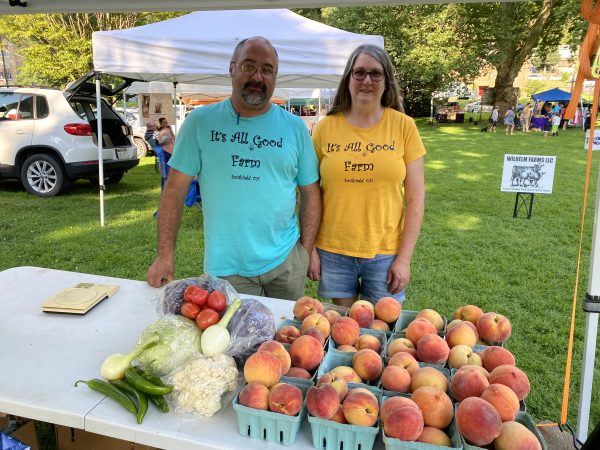
This season, the board of directors and the volunteers have committed to our vision statement and elevated the market to the next level by writing grants to provide children with free produce and arts and craft activities throughout the season. Wheeling Heritage provided the first part of this DEI transformation by awarding us two grants – one to purchase supplies for our arts and crafts programming and one to jump-start our children’s market.
The Children’s Market
Our children’s market is available to any child, ages 4-10, regardless of residency or income. In building this program in our market, we wanted children to LEARN to become a patron of the market and to value the market as adults do. In learning to make good choices, counting tokens in exchange for products, and talking to vendors about produce, our children’s market is a teaching market! Our vendors teach something about their purchase – how it grows, why it’s good for us, how to cook it, etc. Children can make the decision to try something new based on its color or shape without fear of it being wasted. Parents purchase what the family will eat while the kids can explore new tastes in the market without consequence.
Arts and Crafts Program
As parents continue to stress over finances while having a summer of vacations and fun, the Warwood Farmers Market is providing FREE arts and crafts, STEM activities, and experiences that kids will remember without leaving the community! We asked our artisan vendors to consider sharing their passion with the kids, and we have everything from woven baskets to pottery ornaments being provided to the children at no cost. The kids are having a great time! These programs alleviate the pressure of entertaining children for one night each week while allowing parents to shop for the family. We are raising children to become our next generation of farmers market patrons. Parents have reported that their children are upset about missing the farmers market even to go on vacation! One child asked to have her birthday party at the market. Unfortunately, her birthday is in December so we can’t accommodate that request.
FARMacy WV Pilot Program
At the mid-season point, we were able to partner with FARMacy WV to start a diabetes “Prescriptions for Produce” pilot program. This 12-week pilot program will provide $25 in weekly produce and nutritional education to examine the impact of produce on diabetes, cholesterol, and high blood pressure management. Through this program, patients receive a prescription from a healthcare provider to go to vendors and collect $25 in fresh, local produce.
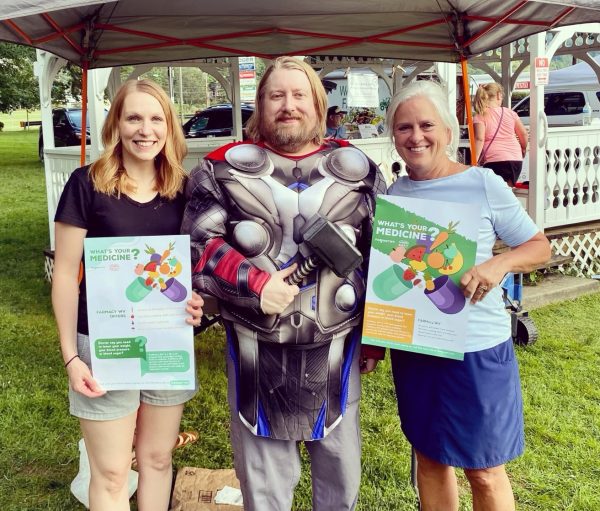
Senior Vouchers and WIC
The market is continuing to encourage vendors to participate in social programs to help all, including senior vouchers, and WIC (Women, Infants, Children). These are opportunities to bring in excess revenue, but it is also an opportunity to build a community representative of our actual community. Starting August 1, we are happy to be able to have at least one vendor who can provide both WIC and Senior Vouchers, so everyone is included.
Our market uses a token system for everything from grant accounting to state/federal programs listed above, so no one knows who needs help. One might see a kid buying a peach with a children’s market token next to a senior citizen buying tomatoes with a SNAP stretch token or a senior voucher. After an evening of shopping and getting a meal, market patrons from all backgrounds often set up a lawn chair and listen to a free concert provided by the City of Wheeling together. This diversity in opportunities in our market allows people from all socioeconomic backgrounds to participate together, strengthening our community ties.
Our DEI focus extends beyond revenue sources, as we have welcomed numerous organizations and volunteers to help bring the market together. WVU Extension Services, the West Liberty Lions Club Family Support Center, the Ohio County Virtual Lions, the Oglebay Good Zoo, Your Friendly Valley-Wide Spiderman and Friends, The Idea Center, and our own volunteers make Warwood Farmers Market possible by delivering children’s programming weekly. A sandbox isn’t as much fun without friends to play with, and we welcome anyone who is interested in providing something for our youth.
Farmers markets continue to show their value, and in Warwood, WV, we can say we have a “stronger, healthier community – both physically and in civics” thanks to our farmers market – as we continue to strive towards reaching a more diverse population, being equitable to all in our community, and including everyone who attends and participates in what we have to offer.
World and National Farmers Market Week is August 6-12, and you can celebrate the rest of August – Tuesdays from 4-7 p.m. in Warwood’s Garden Park (1501 Warwood Ave, Wheeling, WV 26003). In celebration of National Farmers Market Week, local basketweaver Pat Mercer will teach kids ages 10 and older how to make a woven fish decoration. Learn more about the Warwood Farmers Market by visiting our website or following us on Facebook.
• Matt Rafa is a pharmacist serving the Warwood community for 11 years. He is the current President of the West Virginia Pharmacy Association, a founder of Grow Warwood Pride, and Co-Market Chair of the Warwood Farmers Market. Matt has dedicated over 25 years to volunteerism in his hometown of Warwood and Wheeling.


